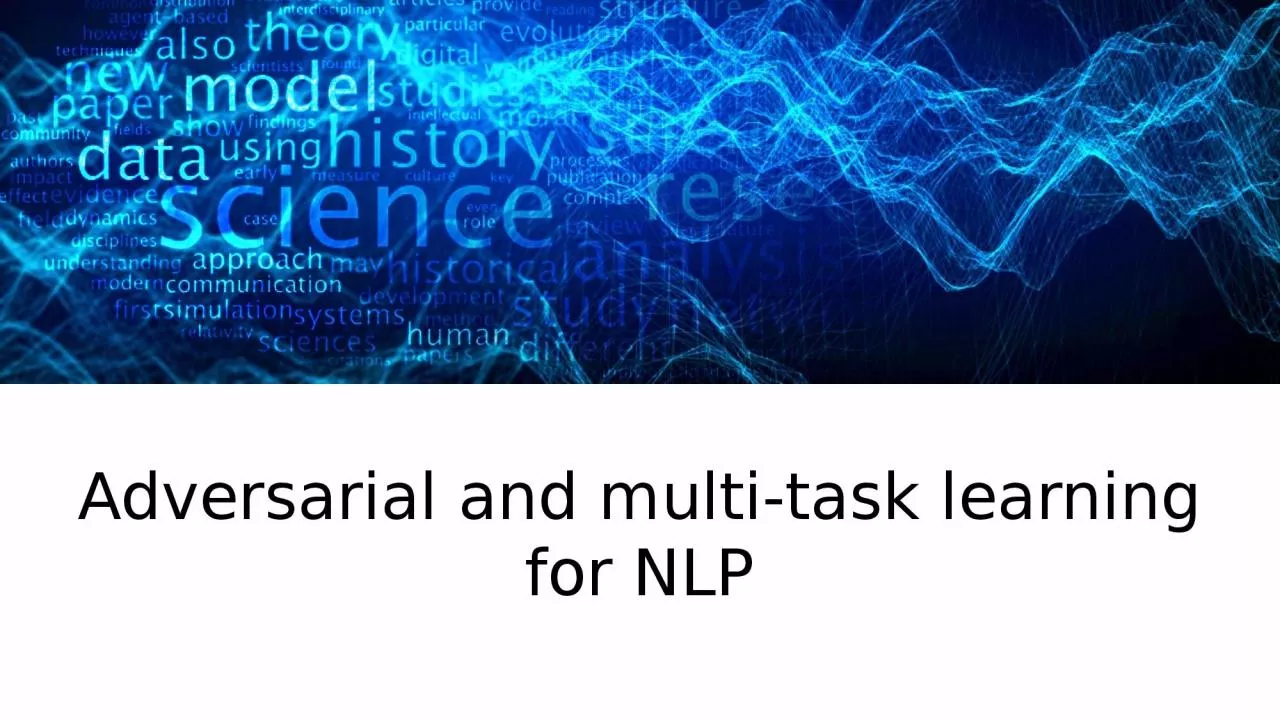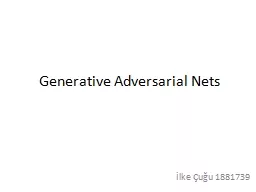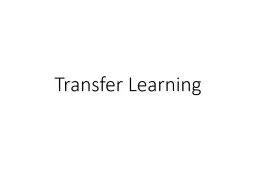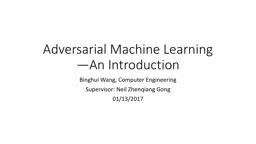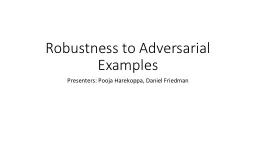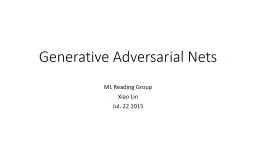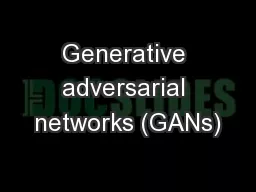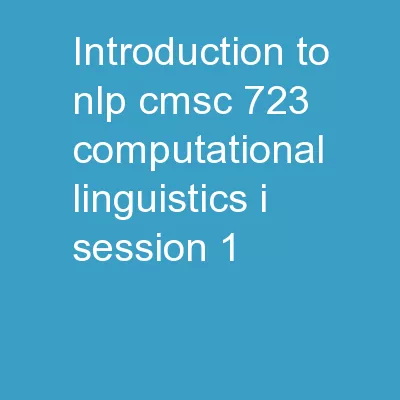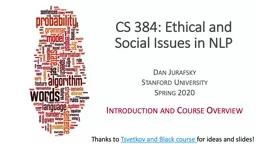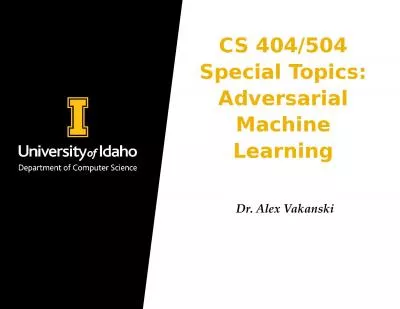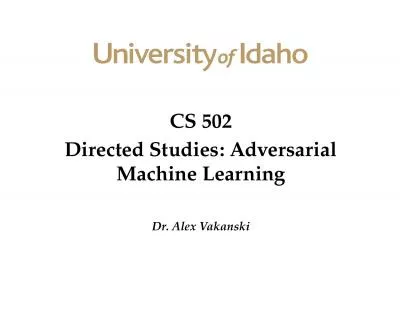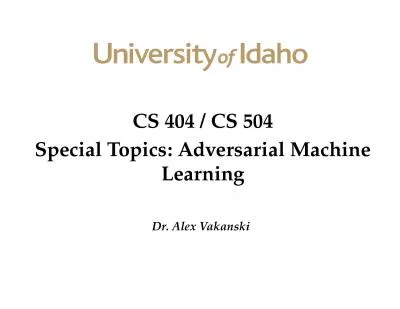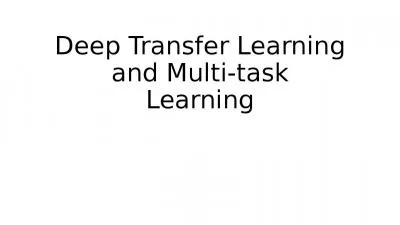PPT-Adversarial and multi-task learning for NLP
Author : helene | Published Date : 2023-11-11
Generative Adversarial Networks GANs Generative Adversarial Networks GANs Goodfellow et al 2014 httpsarxivorgabs14062661 Minimize distance between the distributions
Presentation Embed Code
Download Presentation
Download Presentation The PPT/PDF document "Adversarial and multi-task learning for ..." is the property of its rightful owner. Permission is granted to download and print the materials on this website for personal, non-commercial use only, and to display it on your personal computer provided you do not modify the materials and that you retain all copyright notices contained in the materials. By downloading content from our website, you accept the terms of this agreement.
Adversarial and multi-task learning for NLP: Transcript
Download Rules Of Document
"Adversarial and multi-task learning for NLP"The content belongs to its owner. You may download and print it for personal use, without modification, and keep all copyright notices. By downloading, you agree to these terms.
Related Documents

